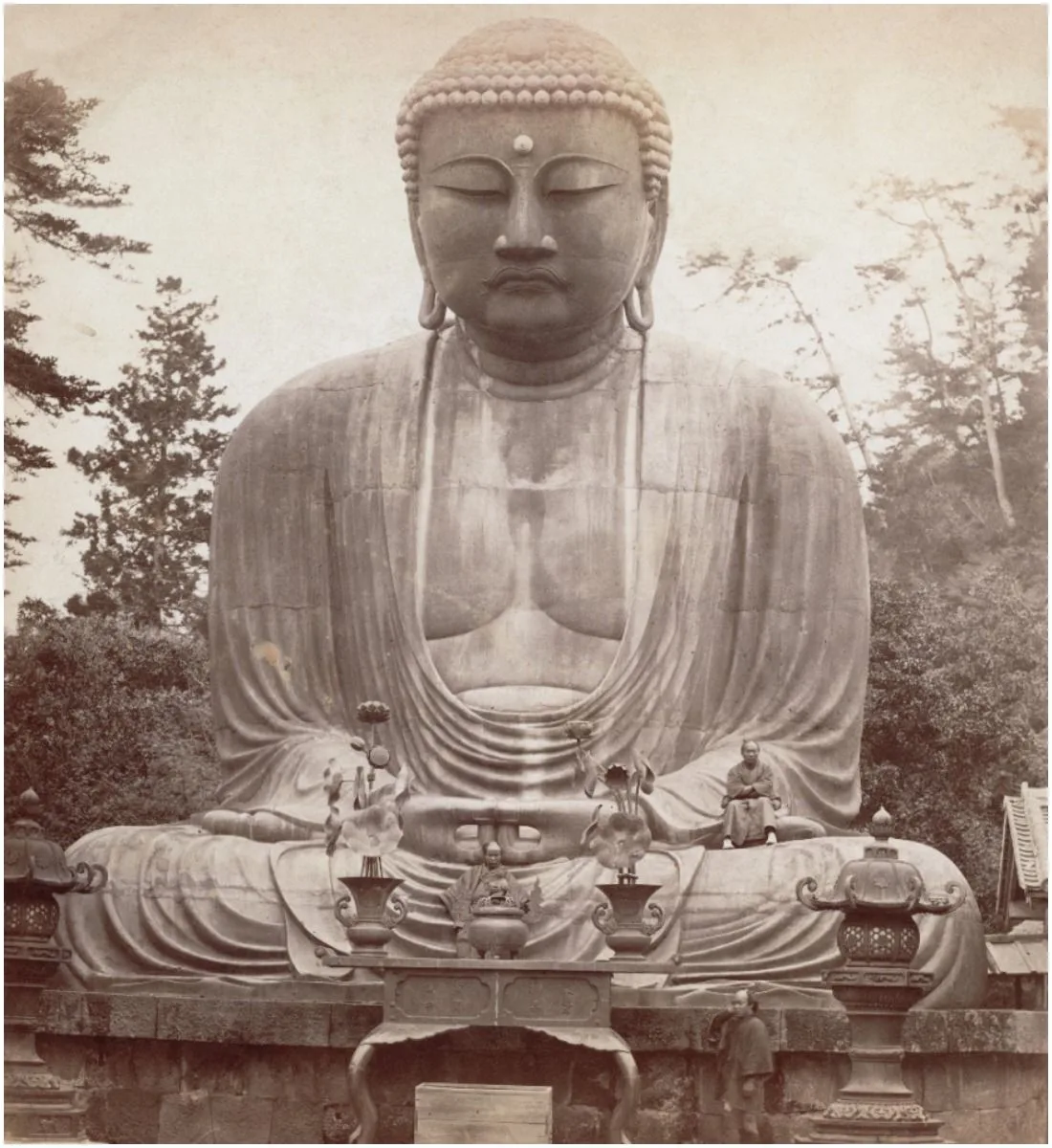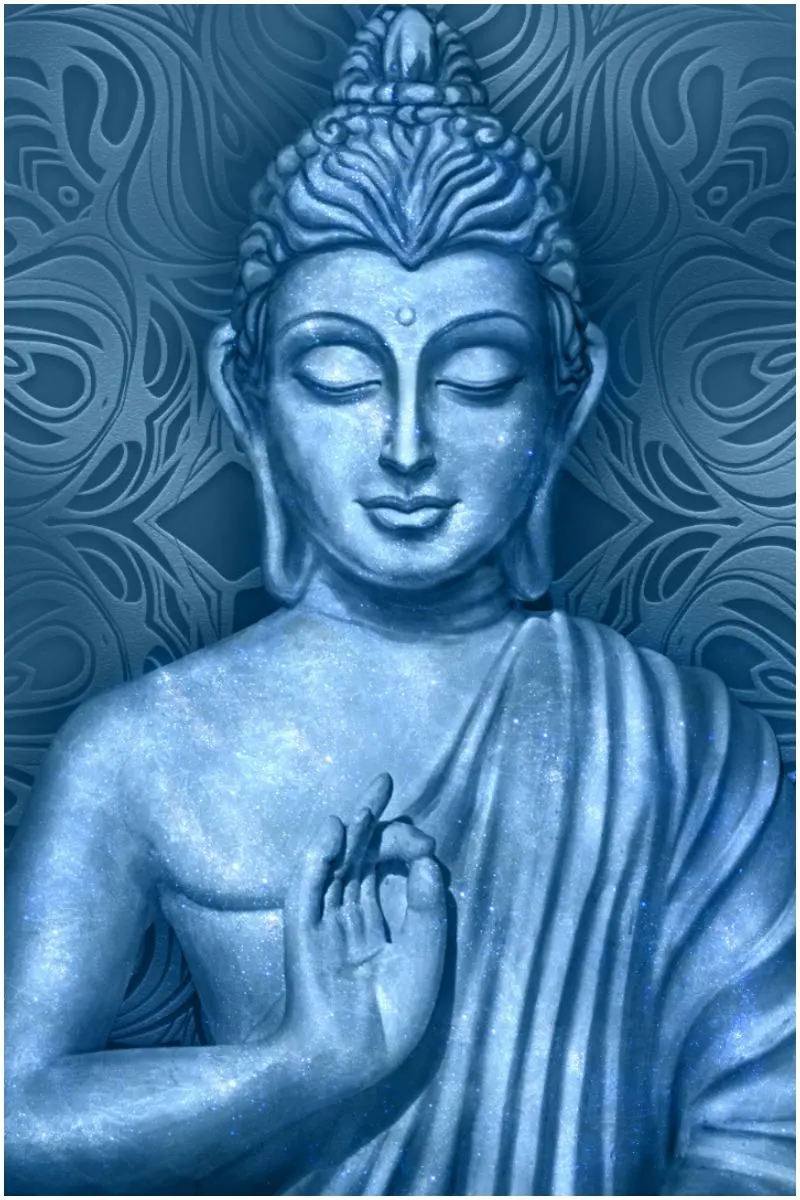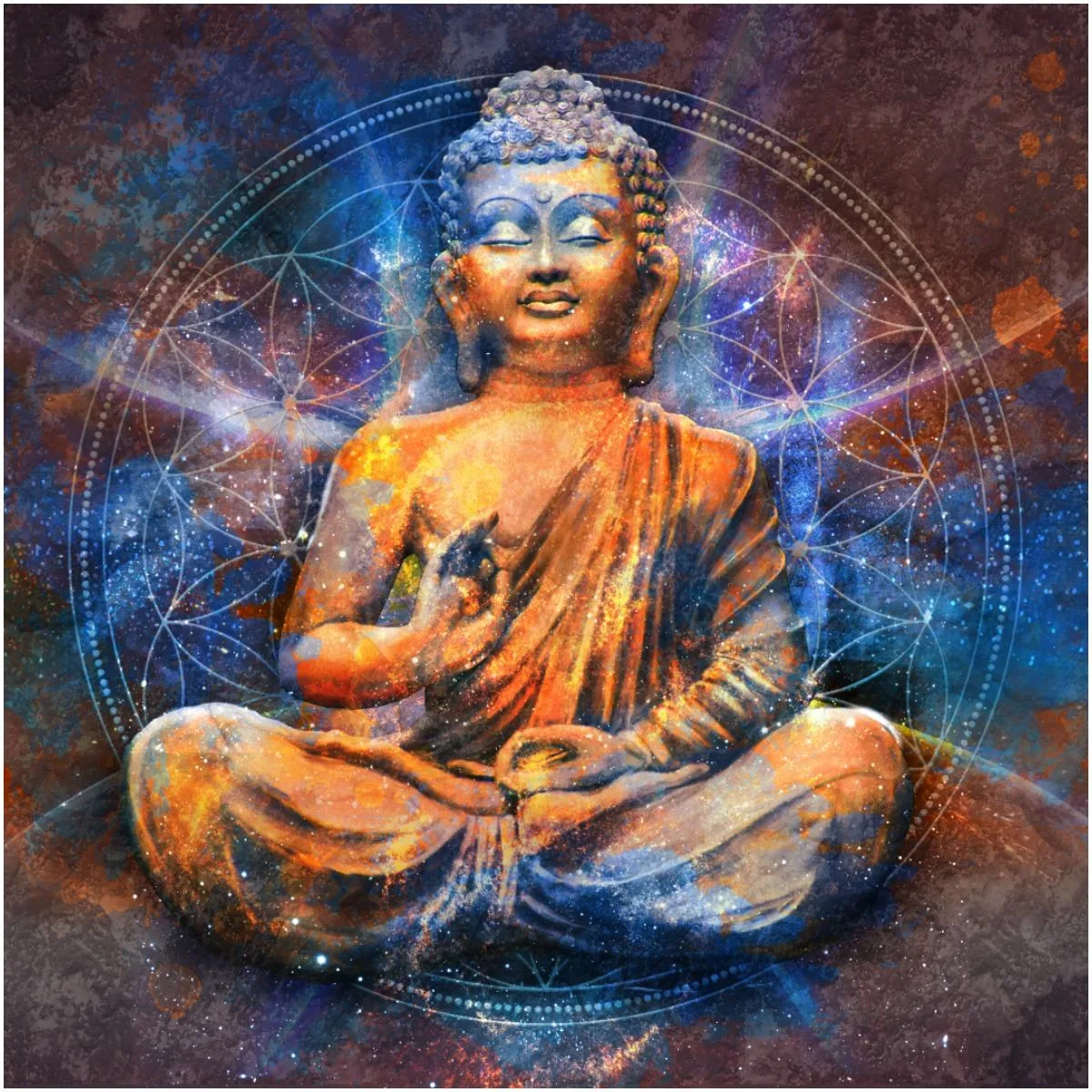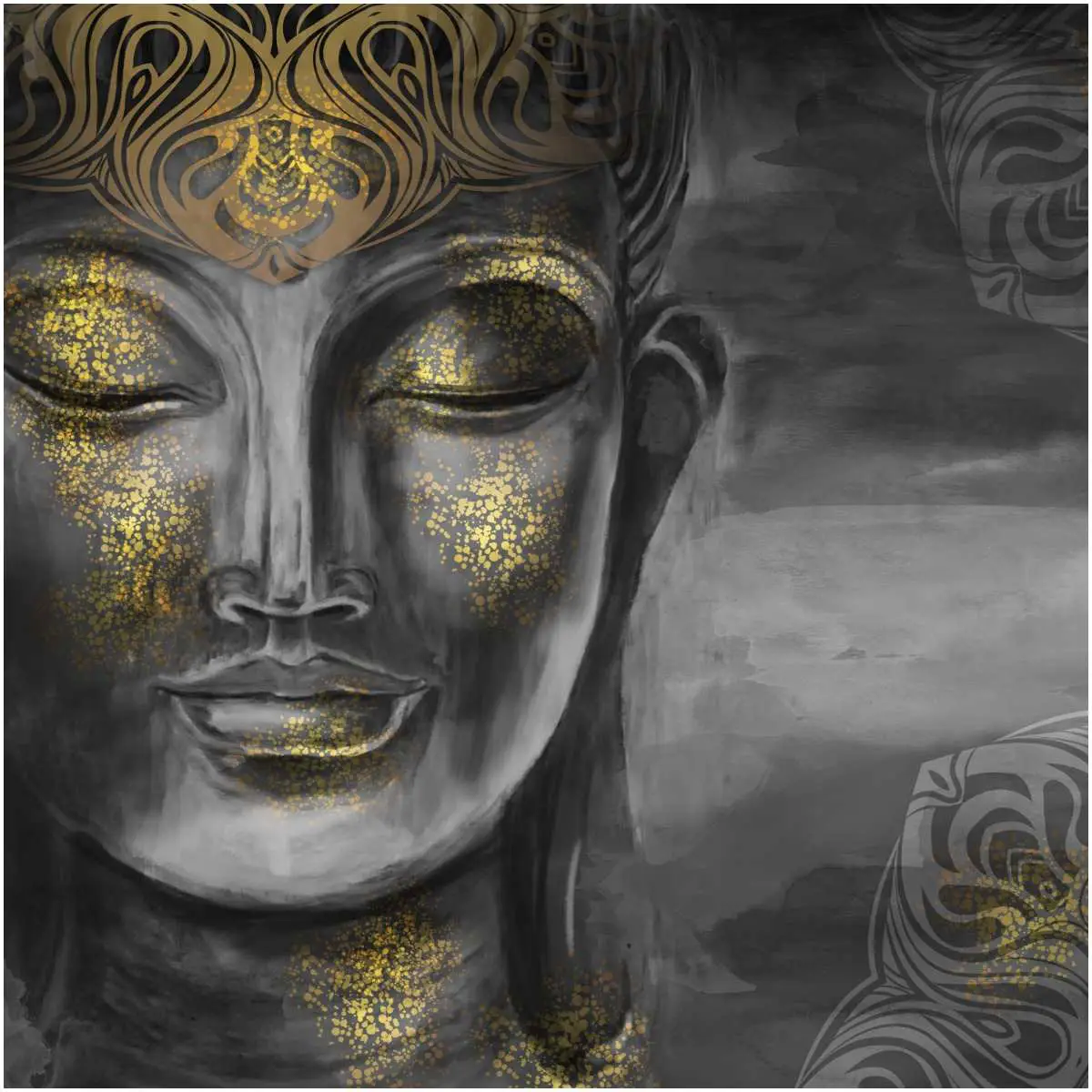Here are the top 34 interesting facts about Buddhism:
#1 It teaches that the ”Middle Way” is the best path towards spiritual liberation. Neither too much asceticism nor too much of worldliness are good to one’s spiritual advancement.
#2 Approximately 500 million people in the world today follow this religion. Buddhists made up roughly 7 percent of the world’s population in 2015; however, they are expected to decrease to approximately 5 percent by 2060.
It is 2,500 years old, and China has over 100 million practitioners.
Buddhists make up about 1% of the adult population in the US.
One in seven Asian Americans, or 14%, are Buddhist.
#3 The word ”Buddhism” is derived from the Hindi word ”Buddhi,” which literally translates as ”wisdom.” Buddhists have many spiritual practices, such as mantra chanting and meditation, which are actually tools for changing yourself in order to develop the qualities or traits of kindness, awareness, and wisdom.
The goal of Buddhism is a state of lasting, unconditional happiness known as enlightenment.
#4 A Buddhist temple is called – Vihara and is a place for education. In this type of temple, you will find a shrine room with a large Buddha and statues of his disciples. Buddhist temples come in many shapes. A typical Buddhist building is the Stupa (upside-down bowl shape).
Perhaps, the best known are the pagodas of Japan and China.
#5 Buddha Purnima is the biggest festival and the most important day for the practitioners of Buddhism in the world.
#6 According to this religion, there were various Buddhas before Shakyamuni Buddha, and there will be many Buddhas after him. According to the scriptures, Maitreya will be a successor to the Shakyamuni Buddha. In short, he is not the first, nor will he be the last.
#7 There are two different types of Buddhism: Theravada and Mahayana. Theravada represents the original teachings of the Gautama Buddha.
#8 Mahayana Buddhism, prominent in Japan and China, incorporates numerous celestial beings, deities, and other traditional religious elements.
#9 Tibetan Buddhism is part of the Vajrayana, or “Way of the Lightning Bolt,” which developed after the 7th century A.D. as part of Mahayana Buddhism.
#10 Zen Buddhism is spotted in a few countries, especially in Japan, where people call it Japan Zen. In addition, it has also developed in Vietnam and Korea.
#11 Buddhist scriptures (also known as Sutras) developed in several closely related literary languages of ancient India, especially in Sanskrit and Pali.
#12 Matthieu Ricard, a French Buddhist monk and writer who resides at Shechen Tennyi Dargyeling Monastery in Nepal, is literally the happiest person, according to neuroscience recordings of his brain waves.
Beliefs
#13 According to Buddhism, there are four noble truths:
- The Truth of Suffering;
- The Truth of the Cause of Suffering;
- The Truth of the End of Suffering;
- The Truth of the Path that Leads to the End of Suffering.
#14 According to the profound Buddhist teachings, we are all prisoners of samsara, the continuing cycle of death, rebirth, and suffering.
READ MORE: What is the Significance of 108 in Buddhism?
#15 There are six realms into which a being can be reborn. More importantly, the realm into which one enters the next life depends on the personal karma accumulated in past lives. The six realms are – three evil realms (ghosts, animal, hellish) and three good realms (demigod, heavenly, human).
#16 Buddhists take refuge in the Three Jewels (or Triple Gem). These Three Jewels are the Buddha (the founder of Buddhism), the Dharma (his teachings), and the Sangha (the community of Buddhist practitioners that include monks, nuns, and laypeople).
Facts About Gautama Buddha – Founder Of Buddhism
#17 This religion originated from around 400 BC with the historical individual known as the Buddha. Actually, the word ”Buddha” is a title that translates as ”one who is awake,” in the sense of having ”woken up to true reality.”
READ MORE: The Eight Auspicious Symbols of Tibetan Buddhism
#18 Conventionally, Gautama Buddha (also referred to as Shakyamuni Buddha) was believed to have lived circa 560–480 BCE, though more recent evidence hints at the later dates of circa 485–405 BCE.
#19 His mother was Mayadevi, and his father was Shuddhodhana, the king of Kapilavastu. He lost his mother after the 7th day of his birth.
#20 A few days after his birth, it was predicted by a wise old man that he would later become a saint or a great king who would change the world.
#21 Hindus believe that Shakyamuni Buddha was an avatar of the Lord Vishnu – the preserver of the universe who upholds Dharma in Hinduism.
#22 Shakyamuni led a fancy life through early adulthood.
#23 A close encounter with human suffering shakes him. He leaves his family in search of answers and becomes homeless. After six years of meditation and study, he finally found ”the middle path” and was enlightened.
#24 Bodh Gaya is the place where he attained unsurpassed, supreme Enlightenment. The Mahabodhi Temple and the Bodhi tree are the most sacred places for Buddhist practitioners.
#25 After achieving enlightenment, he and his disciples went to different places in the world for the next 45 years to spread their words and teachings.
READ MORE: Interesting Facts About Sikhs
#26 He recommended a disciplined life called the Middle Way. Similar to the Hindus, Shakyamuni considered that existence consisted of reincarnation, a cycle of birth and death.
#27 He taught that we suffer because of anger, desire, and stupidity. He showed that we could end our suffering by letting go of futile desires and overcoming stupidity and anger.
#28 Unlike most religions, his teachings were spread by non-violent methods, like carvings on prominent stone buildings or word of mouth.
#29 The main teachings of the Gautama Buddha are about how to escape the cycle of suffering (samsara) by understanding the four noble truths and following the noble eightfold path.
#30 He never claimed to be a prophet or a god; rather, he claimed to be a man convinced of the supreme position of humans, believing that personal effort and knowledge are the true means of salvation.
#31 He died in approximately 480 BC, at the age of 80. His last words were – ”Impermanent are all created things; strive on with awareness.”
#32 After his physical death, the Buddhist teachings continued to be passed down orally within the monastic community.
#33 The 1st images of the Gautama Buddha were created by artists of Gandhara, an ancient kingdom of Purushpura situated in present Pakistan and Afghanistan.
#34 The fat Buddha represents a Buddhist monk who lived in the early 900’s. This monk was known as ”Budai.”
Images credit – Shutterstock
READ THIS NEXT: Buddha Shakyamuni Mantra
References http://www.buddhanet.net/e-learning/5minbud.htm https://thebuddhistcentre.com/ http://www.buddhanet.net/e-learning/5minbud.htm https://www.britannica.com/topic/ http://www.bbc.co.uk/religion/religions/

ifra anum
Monday 22nd of February 2021
this was really helpful
Brian R Bruning
Tuesday 29th of December 2020
It is the thinking person's way of looking at reality, the world and one's self.
Easwari. N
Wednesday 25th of November 2020
The message about Buddhism was good, interesting and useful. 👌
Madhu Chhanda
Friday 24th of July 2020
Very useful information...Thanks 🙏
Monarch
Friday 26th of April 2019
Very interesting article! Thank you. :) Just wanted to have a clarification with this,
#15 There are 6 realms into which a being can be reborn. More importantly, the realm into which one enters the next life depends on the personal karma accumulated in past lives. The 6 realms are – three evil realms (ghosts, animal, hellish) and three good realms (demigod, heavenly, human).
What is your thoughts about being said that the soul will start to a Mineral kingdom (starts to have physical body) , Plant kingdom (consciousness), Animal Kingdom (emotion), Human kindom (thinking), until it becomes a perfected child of God after being enlighten?
john
Saturday 21st of September 2024
@Monarch, In the Theravada buddhism there is not a permanent thing such as the soul that passes on from life to life but merely a streaming consciousness or a series of events taking place created by desire and craving. Ones one stops the cravings, one exits samsara. The gods under the Buddhist prospective are beings subject to death and rebirth same as humans and it's said that reaching enlightenment in those realms is more difficult or rather more unusual than reaching enlightenment in the human realm mainly due to complacency risen by the easy and wonderful life they have.